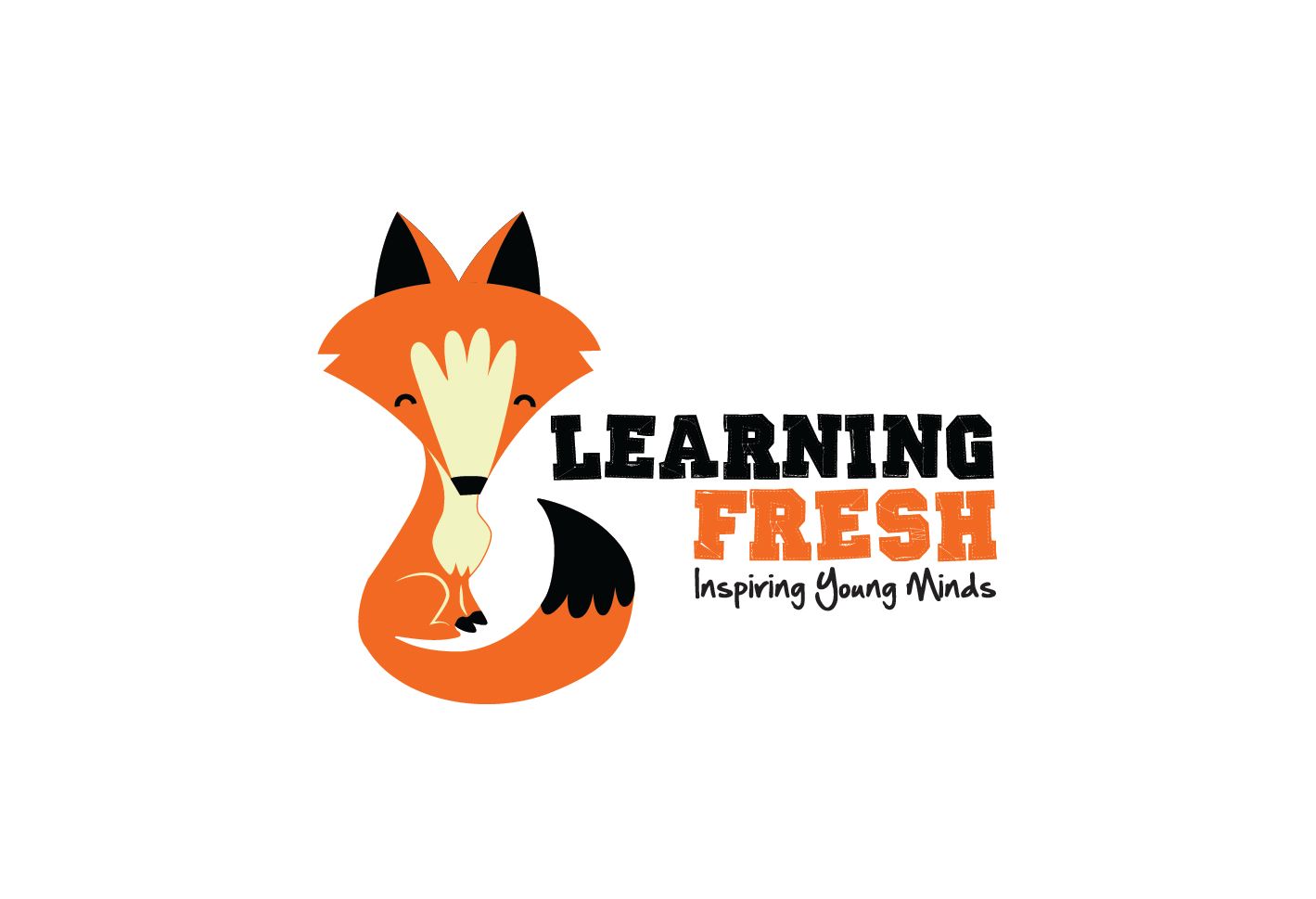Comparing Online vs Traditional Classroom Education: Which is Better?
Introduction to Online and Traditional Classroom Education
In recent years, the debate between online and traditional classroom education has become increasingly prominent. With the advancement of technology, both modes of learning have their unique advantages and challenges. This blog post aims to compare these two educational approaches to help you decide which might be better for you.

Flexibility and Convenience
One of the most significant advantages of online education is its flexibility. Students have the freedom to access course materials and attend lectures at their convenience, allowing them to balance other commitments such as work or family. This flexibility can be particularly beneficial for adult learners or those with busy schedules.
On the other hand, traditional classroom education requires students to adhere to a fixed schedule, which can instill a sense of discipline and routine. This structured environment can be advantageous for those who thrive on regularity and face-to-face interaction with peers and instructors.
Learning Environment and Interaction
The learning environment significantly differs between online and traditional classrooms. In a traditional setting, students benefit from direct interaction with teachers and classmates, which can enhance understanding through immediate feedback and discussion.
Conversely, online education often relies on digital communication tools such as forums, emails, and video calls. While this can limit spontaneous interactions, it also encourages students to develop strong written communication skills and become self-directed learners.

Access to Resources
Both online and traditional education offer a variety of resources for students. Online platforms provide access to a vast array of digital resources, including e-books, videos, and interactive content that can enrich the learning experience. Additionally, online learners often have the opportunity to connect with a global community of students and educators.
Traditional classrooms offer access to physical resources such as libraries, labs, and hands-on activities that facilitate experiential learning. This tactile approach can be crucial for subjects that require practical application, such as science or art.
Cost Considerations
The cost of education is another factor to consider when comparing these two modes of learning. Generally, online education programs tend to be more affordable due to the absence of expenses related to physical infrastructure and commuting. Many online courses also offer flexible payment options or financial aid.

However, the value of in-person interactions and campus experiences provided by traditional education should not be overlooked. These elements can contribute significantly to personal growth and networking opportunities, which may justify the higher cost for some students.
Conclusion: Which is Better?
The choice between online and traditional classroom education ultimately depends on individual preferences and circumstances. Online education offers flexibility, accessibility, and affordability, making it an attractive option for many learners. Meanwhile, traditional education provides structured environments, face-to-face interaction, and access to physical resources that some students may find essential.
When deciding on the best educational path, consider your personal learning style, schedule, budget, and professional goals. Both methods have their merits, and with careful consideration, you can choose the one that aligns best with your needs.
